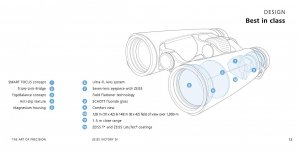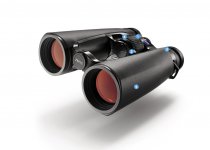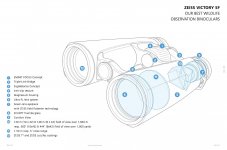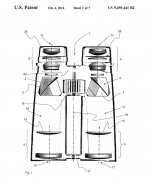Not only are curves and spacings sometimes deliberately wrong, but glass types are sometimes specified at the extreme of tolerance, so that those who copy while paying no licence fee and infringing patents don't get a free ride.
I think that aspherical surfaces have also not been shown, to further disrupt copying.
My friend actually measures the curves of lens elements to see when changes have been made that have not been announced by the maker.
I have also done this but not regularly.
With other products, such as the tires of the Concorde, it has been reported that residue from failed formulae was deliberately left on the runway, so the copy aircraft got the rubber compound completely wrong.
B.
I think that aspherical surfaces have also not been shown, to further disrupt copying.
My friend actually measures the curves of lens elements to see when changes have been made that have not been announced by the maker.
I have also done this but not regularly.
With other products, such as the tires of the Concorde, it has been reported that residue from failed formulae was deliberately left on the runway, so the copy aircraft got the rubber compound completely wrong.
B.









